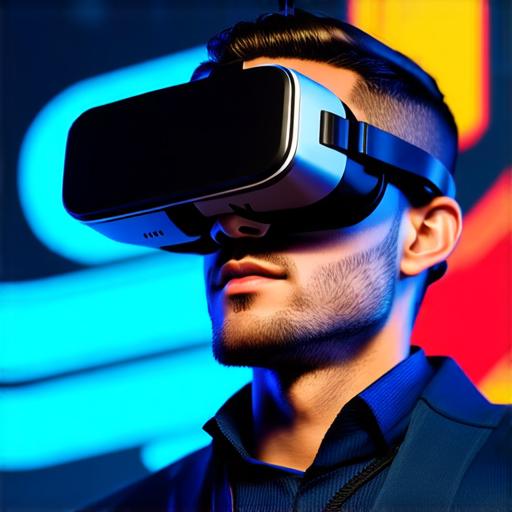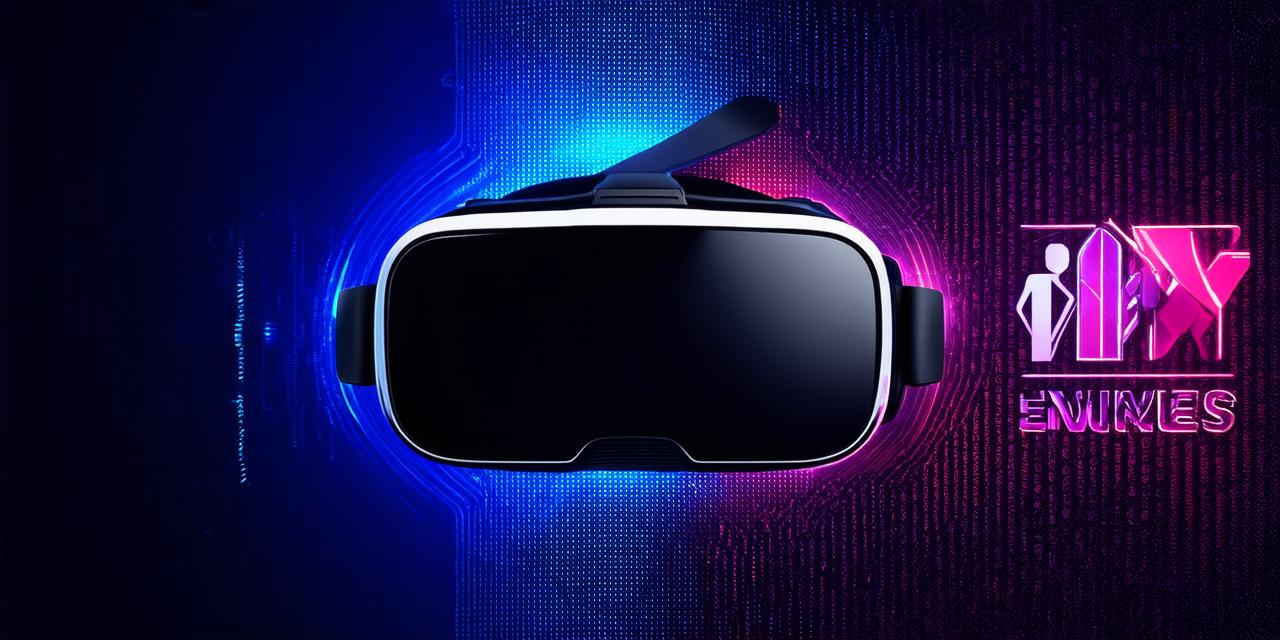Are you looking for ways to take your digital marketing efforts to the next level? Have you considered incorporating virtual reality (VR) into your campaigns? While VR is often associated with gaming and immersive entertainment, it can also be a powerful tool for businesses to connect with their customers in innovative ways. In this article, we will explore the benefits of 2D virtual reality in digital marketing and how you can use it to enhance your campaigns.
What is 2D Virtual Reality?
Before we dive into the benefits of 2D VR in digital marketing, let’s first understand what 2D VR is. As the name suggests, 2D VR refers to virtual reality experiences that are created using two-dimensional graphics rather than three-dimensional models. These experiences can be viewed on a computer screen or other flat surfaces and offer an immersive and interactive experience for users.
Benefits of 2D Virtual Reality in Digital Marketing
1.
Enhanced Engagement
One of the main benefits of using 2D VR in digital marketing is that it can greatly enhance engagement with your target audience. By providing an immersive and interactive experience, users are more likely to engage with your content and remember it long after they have left your website or social media page. This increased engagement can lead to higher conversion rates and a stronger overall impact on your marketing efforts.
2. Improved Brand Awareness
Another benefit of using 2D VR in digital marketing is that it can help improve brand awareness. By creating unique and memorable experiences, users are more likely to share your content with their friends and followers, which can help increase your reach and visibility. This increased exposure can lead to a stronger brand presence and a greater sense of connection with your target audience.
3. Increased Accessibility
One challenge that many businesses face when it comes to digital marketing is reaching customers who may not have access to the latest technology or devices. However, 2D VR experiences can be accessed using any device with an internet connection, making them highly accessible to a wide range of users. This means that you can reach a larger audience and connect with more potential customers than ever before.

4. Cost-Effective Marketing
Finally, using 2D VR in your digital marketing efforts can also be cost-effective. While creating high-quality 3D models and experiences can be expensive, 2D VR experiences can be created using standard graphics software and tools, making them much more affordable to produce. This means that you can create engaging and immersive experiences for your customers without breaking the bank on your marketing budget.
Case Studies of 2D Virtual Reality in Digital Marketing
1.
IKEA Place
IKEA Place is an app that allows users to try out different furniture pieces and decor in their home using augmented reality (AR). While this app uses 3D models, the concept is similar to 2D VR experiences. By allowing users to see how different items would look in their space before making a purchase, IKEA Place has been highly successful and has helped increase sales for the company.
2. Sephora Virtual Artist
Sephora’s Virtual Artist app uses 2D VR technology to allow users to try on makeup and beauty products virtually. This app has been popular among Sephora customers and has helped the company drive engagement and sales by providing a unique and immersive experience for its customers.
3. Samsung Gear VR
While not strictly a marketing campaign, Samsung’s Gear VR headset is a great example of how 2D VR can be used in digital marketing. By creating engaging experiences that can be accessed using the Gear VR headset, Samsung has been able to showcase its products and connect with its customers in new and innovative ways.
